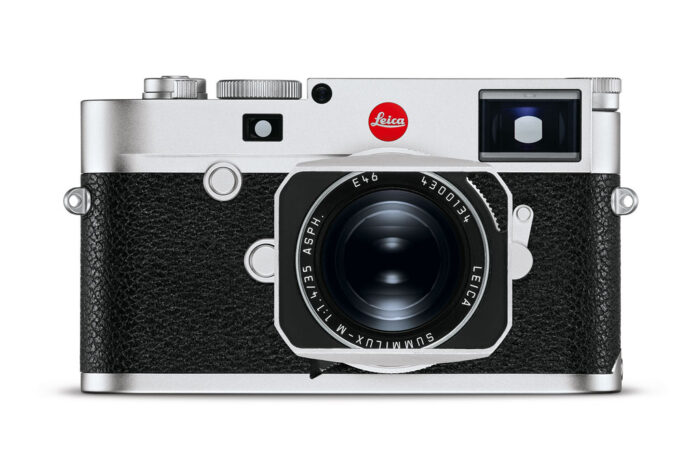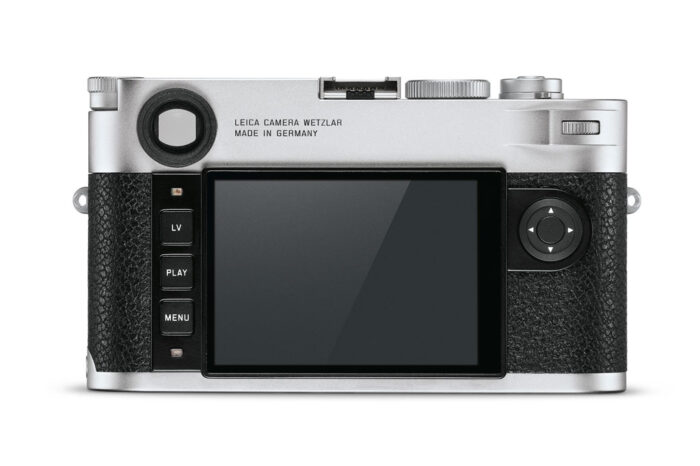With the M10-R, Leica has expanded its legendary family of M cameras by introducing a new sensor with a higher resolution, along with a few features taken from the M10-P.
Apart from the sensor, the two cameras have a lot in common, starting with the design. They are so similar in appearance that nothing distinguishes them from the outside except for the name written in small letters on the hot-shoe.
Because of the many characteristics they share, this article is shorter than usual and highlights only 5 main differences (some of them are quite subtle).
Leica M family:
- Leica M10: the latest generation of M cameras which introduced a revised 24MP sensor, ditched the video function, upgraded the button layout and added weather-sealing
- Leica M10-P: a more “discreet” version without the red logo on the front, but it has a touch screen
- Leica M10 Monochrom: it features a monochrome sensor (so black and white photos only)
- Leica M10-R: high resolution sensor
- Leica M-E: “entry level” model (but still expensive) with the older sensor of the M240
What the M10 and M10-R have in common:
- M-mount
- Build quality and dimensions
- Design, dials and buttons
- Weather sealing
- Optical viewfinder
- BP-SCL5 battery
- 1 SD card slot (UHS-I)
- Wifi



Ethics statement: The information supplied in this article is based on official information found on the Leica website. We were not asked to write anything about these cameras, nor were we provided any compensation of any kind. Within the article, there are affiliate links. If you decide to buy something after clicking the link, we will receive a small commission. To know more about our ethics, you can visit our full disclosure page. Thank you!
1. Sensor
The R in the M10-R name stands for Resolution, so it is not a surprise to see that the camera has a new 40MP sensor, which is basically a “colour” version of the 40MP monochrome sensor found inside the M10 Monochrom.
The M10 has a 24MP sensor, which is an updated version of the one found on its predecessor, the M-240. Leica claims that the new 40MP sensor has improved dynamic range over the 24MP chip of the M-10 (source Dpreview).
Neither camera has a low pass filter and Leica managed to keep the same ISO sensitivity (100 to 50,000).
2. Shutter
The M10-R inherits a quieter mechanical shutter that Leica introduced on the M10-P, and therefore produces less noise than the one found on the M10.
The “R” model is also more capable when it comes to slow shutter speeds: it can record long exposures for a maximum of 16 minutes when working in the A mode (Aperture priority). The M10 can do a maximum of 4 minutes (firmware 2.4.5.0 required).
3. Continuous shooting
This is a very small difference, but since there aren’t many, we might as well include it.
The M10 has a sligthly faster continuous shooting speed of 5fps, whereas the M10-R goes up to 4.5fps. Nothing to worry about really.
4. Level gauge
I know this is something that you would take for granted on most digital cameras, but not every Leica model has one. The M10-R is in the lucky batch and takes it from the M10-P.
5. Touch Screen
The last point is perhaps the most interesting in addition to the sensor. The M10-R has a touch screen just like the M10-P. You can use it to swipe through your images in playback mode or pinch to zoom to check focus accuracy.
Reminder: the links below are affiliate links. If you decided to buy something after clicking the link, we will receive a small commission.
Check price of the Leica M10 on
B&H Photo
Check price of the Leica M10-R on
B&H Photo
